
Bikerafting is pretty bonkers. Imagine carrying everything you need for mountain biking and rafting, plus all of your overnight gear, and moving under your own power the entire way. To my simple mind, the laws of physics just don’t seem to favor the endeavor.
I sat down with my friend Kevin Chatham-Stevens, who has been bikerafting for a couple years now, to soak up just a bit of the knowledge and experience he’s accumulated so far. Our conversation took place over a beer so my questions and his responses have been heavily edited for clarity.
Tell me about the equipment you use for bikerafting. How big is everything when it’s packed up?
Everything fits in a pack about the size of a 3L hydration pack. The raft fits inside, and the paddles stick up out of it, and then I can clip a personal flotation device (PFD) to the back of my pack.
What kind of bike do you take on your bikerafting trips?
Sometimes I use my Salsa Cutthroat with drop bars, and sometimes I’ll ride my hardtail. It’s a little easier to fit the raft on the bars on my hardtail.
Do you carry one paddle or two?
One paddle. It breaks down into four sections, and is made from carbon fiber so it’s super light.
How long does it take to set up and inflate the raft?
I would say 10 to 15 minutes to set it up. Mine comes with a zipper so you shove all your stuff inside the air chamber. You zip the chamber, and then you blow it up. And so you don’t have gear in the boat with you, it’s inside the inflated portion. So everything stays dry.

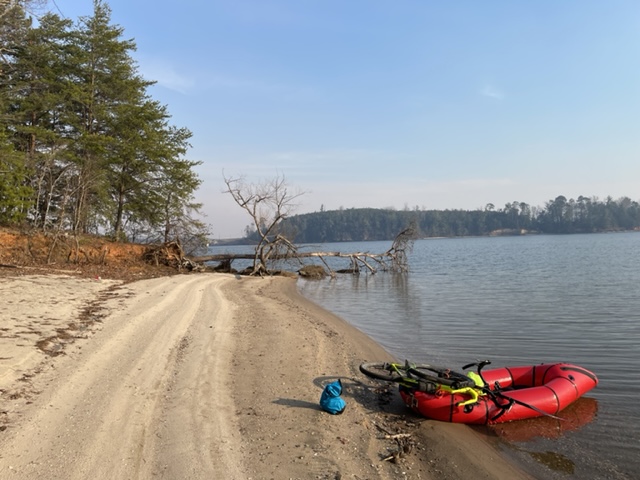
How do you inflate the raft? Is there a pump?
The way you blow it up is there’s a big bag and you attach it to the nozzle, then all you do is you lift the bag up, and you close it real tightly, and then you push it down. And depending on how much stuff you have in there, it takes like six to ten bags full of air. So you’re done with that in a matter of minutes.
The only pain is rolling the raft up and making sure it will fit when you get off the water. When I’m running or hiking, I can just kind of throw it in the bag. But when I’m bikerafting, sometimes I’ll put it in a backpack, and other times, I’ll put it in a Revelate Sweetroll handlebar bag. The raft just barely fits in there, almost like perfectly.
How much does your raft weigh, and how much do they generally cost?
Mine weighs like four and a half pounds. So it’s not super heavy or anything like that. I have a raft from a brand called Alpacka, and mine cost maybe like $800-900.

And then I guess the paddle, PFD, and various other small items add to that weight and cost, and also the size of your pack?
In general it’s nice to have a paddle that is super light and breaks down into multiple sections. That’s going to run probably another $150-200. And then, obviously a PFD for safety. I’ve heard they have inflatable PFDs to save space, but I haven’t used one.
And then there are other smaller things like all the repair stuff. You can carry an extra nozzle in case the nozzle to the boat breaks.
Do you worry about rips and tears to the raft? Can you patch holes easily?
The rafts are super burly. But if you do get a tear or rip in it, there are multiple ways that you can patch it. There’s special glue they have, or you can use Gorilla tape, and there are all sorts of different ways to do it.
The bottom of the raft where you sit isn’t actually inflated. So it’s just the outer rim that is the inflated portion. With the bike on top of the raft there are a lot of sharp bits that can cause problems. But you can see where the bike is pressing in and the raft is giving way. There are folks who are rafting stuff out in Utah and Alaska where they take these things in crazy conditions. And the rafts are just super burly. Super well made. Alpacka is a small company and they actually handwrite the serial numbers when they make them in Colorado, so I think that’s pretty cool.
Have you had any punctures?
I haven’t had any punctures. I got my raft in the summer of 2020 and get out on it about once a month.
Is it difficult to maneuver the raft with a bike on board? How do you pack the bike on the raft?
It’s surprisingly not too difficult once you get the bike situated. However the first time I got it out my family was laughing because I inflated the raft in the front yard with my bike and I was like watching YouTube videos trying to figure out how get the bike on board because it’s kind of weird. Like the first several times you do it, you’re like, is this right?
I just take the front wheel off, but for more intense rafting some people take the rear wheel off too. You want to place the drive side up, and situate the pedal so it’s kind of right up against the furthest you can go because there have been some times where like the bike is like encroaching on your space in the raft.
I will say the raft is pretty easy to maneuver. The problem that I have is that because the bike is in the way, you have like an abbreviated paddle stroke. And so that kind of feels weird. It definitely doesn’t feel like a completely natural paddle stroke. So that generally slows you down a little bit. But once again I’m not doing crazy rivers or anything like that, and if I see an obstacle I can get out of the way pretty easily. I’ve just been super impressed with how balanced the raft can be with a bike in the front.
What makes for a good bikerafting route?
It’s a little bit more difficult to plan a bikerafting trip because you’re looking for a suitable section of river. There are various classes of rapids, and I do like class one / class two-ish, but anything above that I’m not willing to do that with the bike on board. One route I bikerafted is called The Wilson’s Ramble up in North Carolina, which involves paddling on a lake. It was pretty slow going but it was fun nonetheless.
Obviously you have to find a suitable river that gets you from point A to point B. And there has to be trail or road on both ends because you don’t want to be pulling out on a private piece of land. So not only do you have to find a suitable section of river, but when you get to wherever you take out there has to be somewhere you can ride. So either trail, or gravel, or something other than like a highway, which, in a lot of places in Georgia, doesn’t really exist. So it’s about connecting those dots, just looking at maps. I start by looking for mountain bike trails on the map, and then looking for rivers or lakes around the trails.
Are most of your trips overnighters, or are day trips possible too?
I always like to get out for overnighters. But you know how it is, just being able to get out for an overnighter is difficult with work and family and all that. So I think day trips are fun. But it’s just more complicated. Not only do you have to get your bike gear together, but you have to get all the rafting gear together as well, which isn’t, in the grand scheme of things, isn’t super difficult, but it’s just like another layer of complexity. So if you’re just looking to get out for a ride, obviously that’s much quicker. Because whenever water is involved you have to be a little bit more safety conscious. For example I would never get on a river without a PFD.
Is rafting more dangerous than biking then?
Even if you paddle the same river two days in a row, it can be totally different, especially on dam-released rivers like the Chattahoochee. And on uncontrolled rivers like the Etowah, the last time I went there was a tree completely blocking the entire river, which is dangerous. I couldn’t get off the river ahead of the tree, though fortunately there was a slow current. And so I was able to kind of like work my way through the branches.
Whoa. I was imagining like a log blocking the river, but this was a tree with branches?
Yeah, it was like all the leaves were still on it and everything, which if the current was moving at all, I totally wouldn’t have done that. Because you know that’s what’s called a strainer. The problem is the current can push you under and then you can get stuck.
There are various whitewater kayaking websites where they will tell you the flow of the river so you can have a sense before heading out, because even like the Chattahoochee, it can vary quite a bit. Sometimes you go out and there rocks all over the place and the next day it can be like it’s almost flat water that’s moving. So you need to pay attention to that and should have some basic river skills or experience.

Tell me about your Pisgah bikerafting trip.
I found the Pisgah route on the Rockgeist website. It was on gravel for a bit, and then the typical kind of Pisgah singletrack up around Yellow Gap. It feels like you’re out in the middle of nowhere, even though you’re like only a couple miles from civilization. After the singletrack the route pops out on the pavement, and a couple miles later, there’s this really cool brewery that’s at a farm. And then a couple miles after that, you ride through town, and then you’re on the river. You float down the river, like 10 miles, and you’re at a paddle-in campsite.
The next day I paddled another 10 miles and took out, essentially right on the Blue Ridge Parkway. And so you ride the Blue Ridge Parkway for a couple of miles. And then you’re in Bent Creek. So in just over 24 hours I had singletrack, gravel, pavement, and river. So that variety is really fun, especially for someone like me who has borderline ADHD tendencies. When it comes to the outdoors, being able to switch modes like that is just awesome.
I look forward to the transitions a little bit just for that change of perspective. So when I’m on the bike I’m enjoying that and also looking forward to the paddle. And when I’m paddling — it’s usually easier to paddle because you can let the current do some of the work. When I was on the French Broad it was moving at like one and a half miles an hour, two miles an hour. So I could like, just chill and look around, or if I paddled I could get up to like four miles per hour.

It’s also possible to do day trips on the Chattahoochee river right here in Atlanta. What does that look like?
This weekend I’m planning to bike up to Sope Creek with [our mutual friend] Borja. We’ll ride some of Sope Creek and then bike a couple miles to a river put in. From there we’ll raft down ten miles or so to Whittier Mills, and then take out there and ride some of those trails. And then we’ll ride back along the Beltline.
I’ve been trying to figure out in-town stuff to do, just because getting up to the mountains, that’s like a two-hour drive. So it’s four hours both ways. Even that three mile-stretch of river from Cochran Shoals to Palisades Mill, that’s a cool section of the river, especially after you get under the interstate bridge. It’s beautiful. My son and I went out on the river last month, and he was like, “this is in Atlanta?” It’s really cool.
Do you get any weird looks when you’re on the river with a bike in your raft?
Having paddles sticking out of your backpack while you’re on a bike generates a lot of questions. When I was in the Linville Gorge area I got stopped several times by mountain bikers. They’re like, “wait, why do you have paddles?” I had a couple people ask me, did you leave your boat at the lake, and I was like no it’s right here in my pack.
I stopped at the Fonta Flora brewery on Lake James and like four or five different people came up and started talking to me because they wanted to know about bikepacking in general, and also about the raft and the paddles sticking out. There are a lot of people who still don’t know about bikepacking, and I talked to one couple that said they had always wanted to try it. After our conversation they were like, we’re definitely going to do it now. And so that was fun.
You have a pretty busy, and I imagine at times, stressful, job working for the CDC. Is bikerafting a good stress relief for you?
Just being on a river, on the water, I found it’s definitely calming for me.




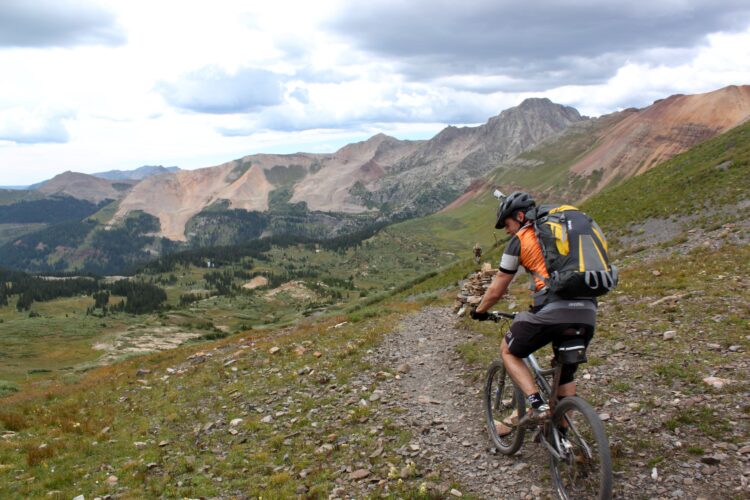

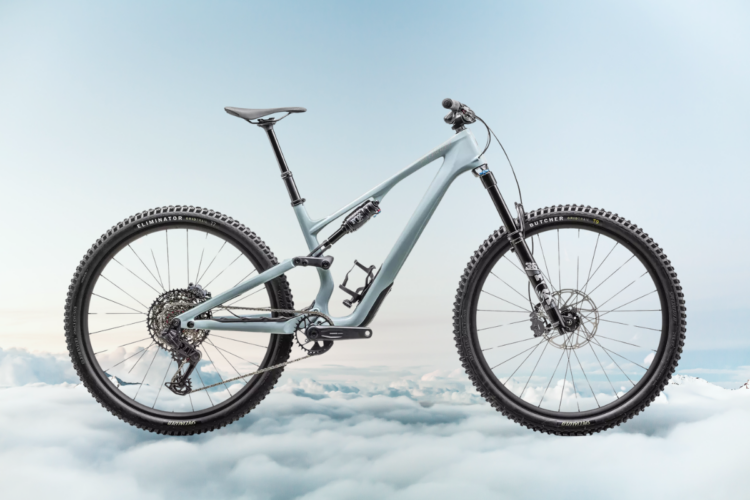

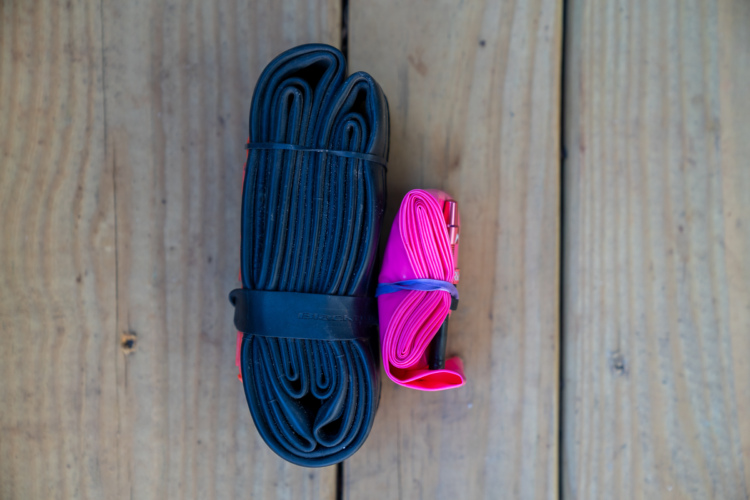
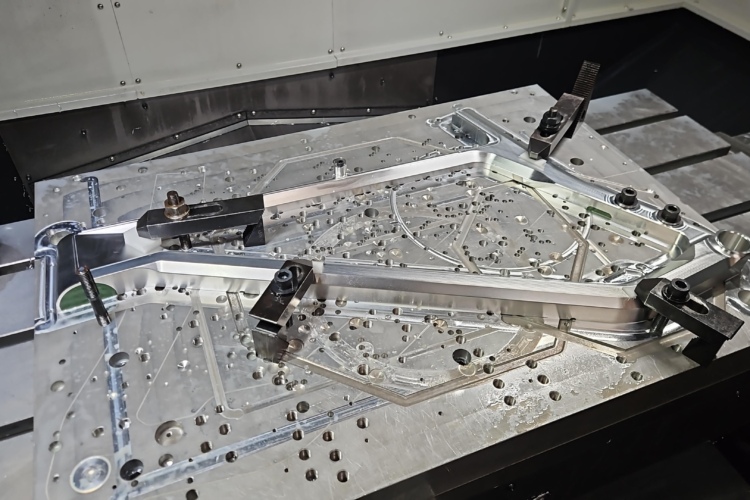

4 Comments
Jul 1, 2022
Also have a Bucks Bags South Fork pontoon. The pontoon is heavy but stability is amazing. Cargo deck on the back is superb.
Jul 1, 2022
Jul 4, 2022
Jul 7, 2022